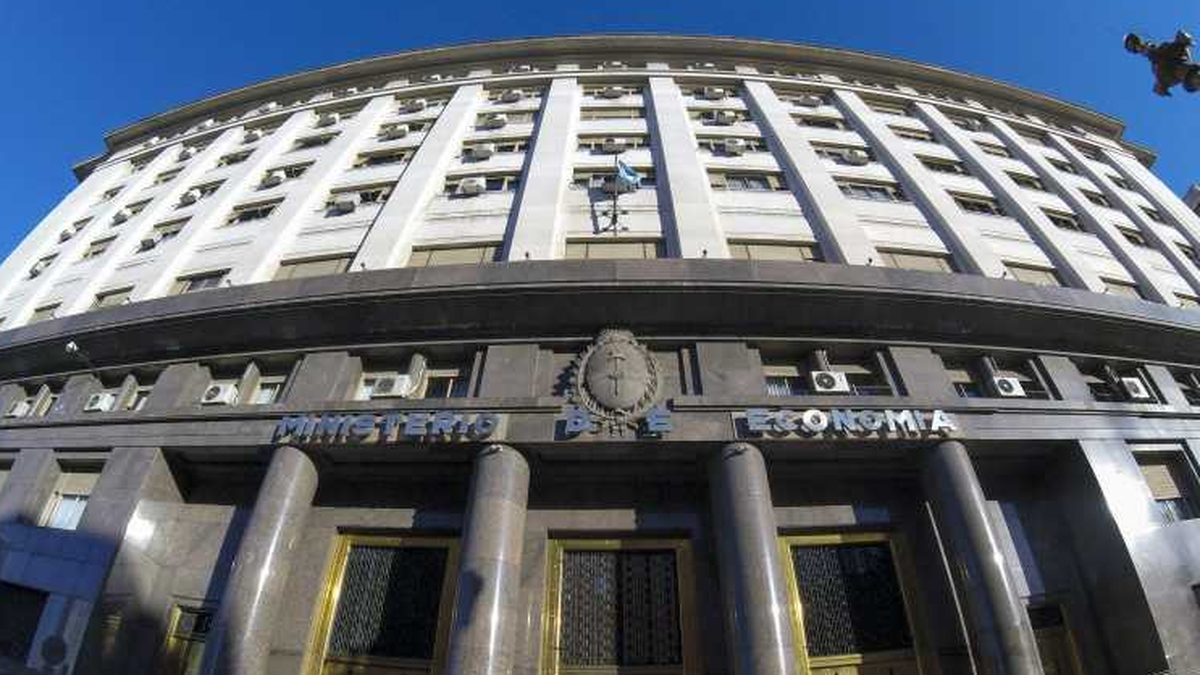The primary fiscal deficit for the first semester reached 1.11% of the Gross Domestic Product (GDP), for which it increased 16.7% in real terms compared to last year, according to estimates by the Argentine Institute of Fiscal Analysis (IARAF). The result was the product of a real drop in revenue of 8.8% and a drop of 6% in expenses.
It is evident that most of the loss of resources is a product of drought, which had an impact mainly on withholdings on exports. But also, last year the government was able to calculate, with the authorization of the International Monetary Fund (IMF) up to 0.3% of the GDP of “property income”, which this year is not there.
all those elements are on the table in the negotiations with the IMF that Gabriel Rubinstein and Leonardo Madcur maintain with the Chilean Rodrígo Valdés. According to private consultants, the logical path to continue the relationship would be to relax this year’s deficit guideline from 1.9% of GDP to 2.4% or 2.5%, which in any case implies a considerable fiscal effort for 2023. Although the Fund demanded a greater contraction.
In June, the bankruptcy of the National Public Sector escalated to $611,743 million, which implied that it doubled compared to the monthly average between January and May. Such a jump is likely to be explained by the cancellation of the floating debt. It is something similar to what happened in January, a month that seasonally has a low deficit or surplus, but this year had a red of almost $204,000 million. In December and November the government had postponed payments in order to achieve the goal.
“The accumulated primary deficit amounted to 1.11% of GDP. Compared to the same period in 2022, it implies an increase of 0.14 percentage points. Debt interest accumulated a real year-on-year increase of 27.7%. In terms of GDP they amounted to 0.8%”, pointed out the IARAF.
The impact of the drought is not only measured in the loss of revenue. As they also have some US$20,000 million less, there is also less availability of foreign currency to import. It is then estimated that between the fall in income from withholdings and from import tariffs, the decrease this year would be 1% of GDP. In addition, there is a drop in the income of the AFIP because it slows down the activity. According to estimates by the consulting firm Equilibra, in the first semester there would be a decrease of 1.8%. In June the EMAE would have contracted 4%. In this way, the growth of 1.3% in the first quarter would have been lost with the fall in the second.
GMA Capital points out that although a part of the fiscal red of the second quarter was a carryover from the first (the red had been $690,000 million and the goal established $442,000 million), the adjustment in expenditures was not enough to contain the fall in tax revenues. If the evolution of the first half of this year is compared to the same period in 2022, revenues fell 25.6% in real terms, while spending fell 22.3%.
The agreement with the IMF established a primary deficit ceiling of $1.18 trillion for the first half of the year. However, said limit was exceeded by $700,000 million or by 59%. Thus, the three fundamental goals were not met, since net reserves closed US$10,000 million below what the target indicated, and direct monetary assistance was US$297,000 million in excess of what was allowed.
GMA Capital maintains that “Beyond this detail, the main thing is that the accumulated deficit so far in 2023 turned out to be much higher than that established in the objectives” and that this was so “largely because the effects of the drought were not offset by an even more severe cut in expenditures.”
Source: Ambito




